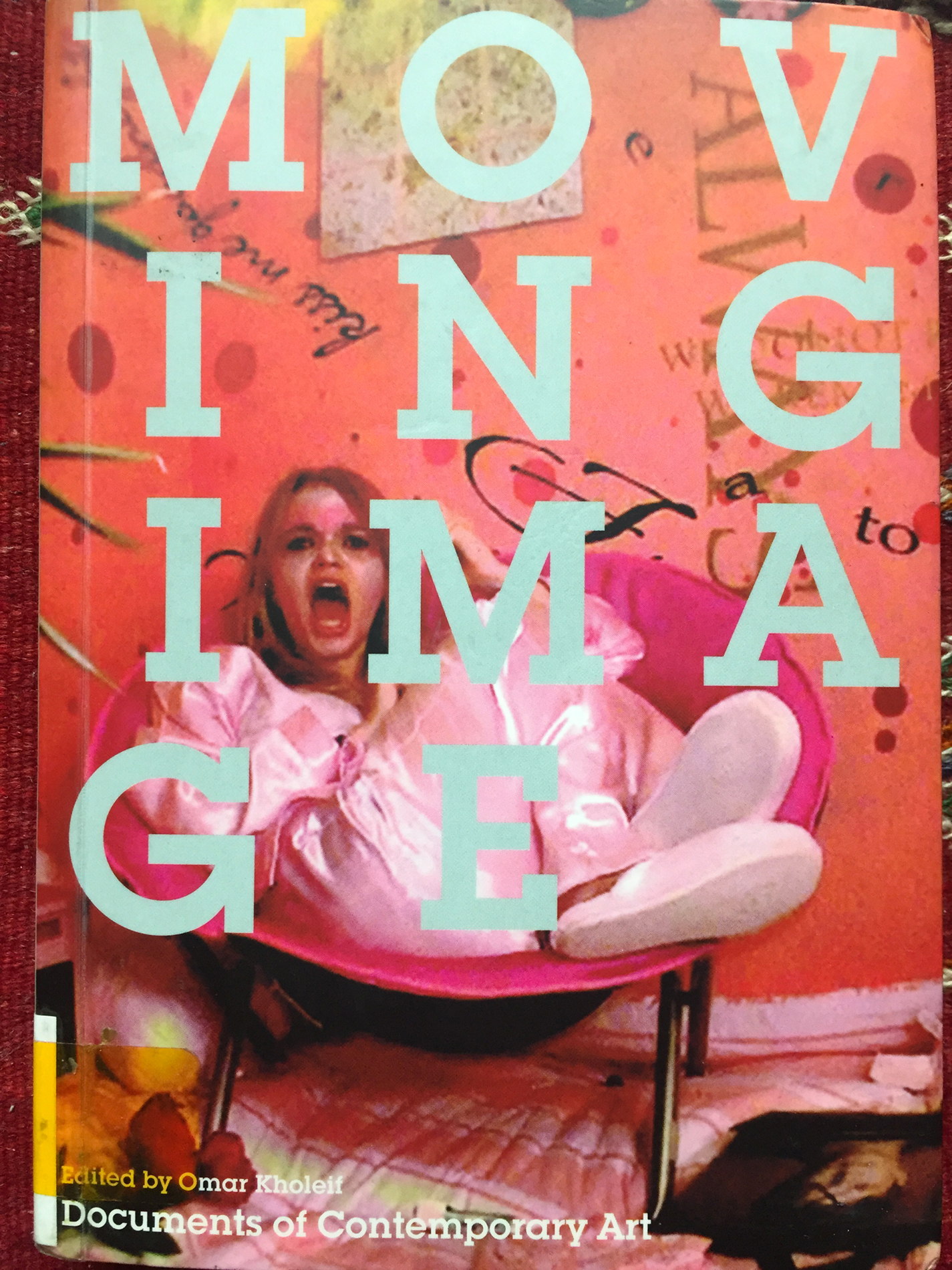In this survey of moving image work, edited by Omar Kholeif and published by Whitechapel Gallery and MIT Press, I came across a text by Jay Layda about the description (and frustration) of the compilation film, or what I refer to as experimental films made with found footage. These particular moving image compositions (often montages) do many other things, which is why my description (‘experimental films made with found footage’) is lacking too. On the other hand, complexity and not being easily boxed up and branded is what makes this form special. Why? Because it often deals with narrative, or a moving passage of time in a dream-like sequence. It can also be associative, or have poetry-like structure. It defies a quick capturing, and requires an alternative way of viewing. It wants you to stop for a moment and reconsider.
The term Experimental Film, according to Stan Brakhage in the Criterion compilation By Brakhage: An Anthology, Volumes One and Two, was coined by a film critic in the San Francisco Chronicle sometime in the 60s. The word was used in a derogatory form to imply the filmmakers ‘didn’t quite know what they were doing’, and the term stuck.
The term Experimental Film is (self) imposing. I have come to learn that the film industry considers experimental works not as I would prefer—narrative (feature or short) films. True—this can also indicate experimental films are ‘doing something else’. And that’s fine. But the term Experimental is problematic, simply because its existence is a response to the term Narrative, which superimposes a standard.
The term Narrative Film implies a happening involving protagonist/s, a relationship, told by some sort of an order-structure or causality. It anchors standard Narrative as the dominant form, and all other narrative work is politely placed in the bucket of Experimental. I’d like to see this space open up to more hybrid forms that are more unusual in their depiction of narrative.
This is the excerpt by Layda:
Films Beget Films, Jay Leyda, 1964
When I fixed upon this subject I was somewhat taken aback by the fact that there was no name for it. I wanted to examine the development and problems of the compilation film – but what an awkward, incomprehensible and unacceptable term for this form! ‘Archive films’ – that’s too easily confused with the idea of films ( of any type) stored in archives. Same fate for ‘library films’. ‘Stock-shot’ films – explicit enough, but how narrow in its associations! Others to whom I’ve appealed for a neat, clear term have been equally helpless – suggesting even more cumbersome descriptions: for example, ‘documentary archive films’ or ‘chronicle montage films’. Nor does the accepted French term film de montage offer us anything but ambiguity. The proper term would have to indicate that the work begins on the cutting table, with already existing film shots. It also has to indicate that the film used originated at some time in the past. The term could also indicate that it is a film of idea, for most of the films made in this form are not content to be mere records or documents – and in this factor lies my chief interest in the form, which will have to be referred to in various inconsistent ways. Can you suggest a right term? [ … ]
Jay Leyda, extract from Films Beget Films (London: George Allen & Unwin, 1964) 9.

Kholeif, Omar. 2015. Moving image. London: Whitechapel Gallery.
Publisher: London : Cambridge, Massachusetts : Whitechapel Gallery ; The MIT Press, [2015] ISBN: 9780262528108
